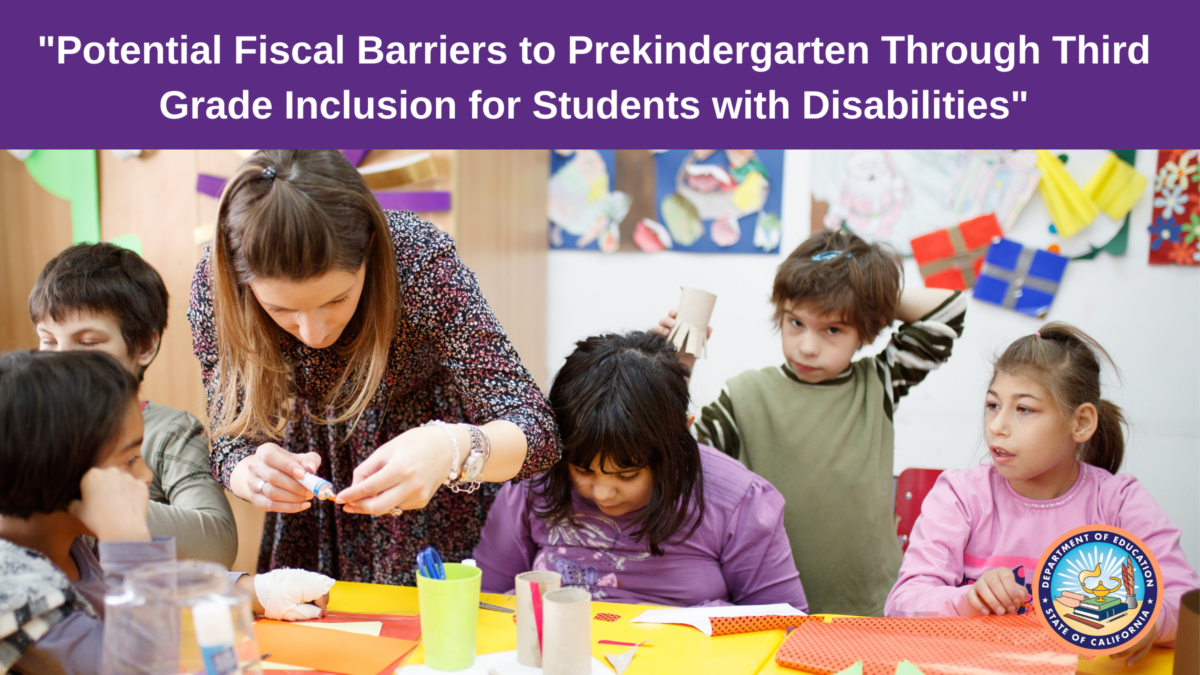California lags far behind the national average when getting students aged 3-5 into inclusive settings. In our state, only 29% of those students are in an inclusive, regular early childhood program, compared to 40% nationwide. Instead, California places a much higher percentage of young students in segregated settings.
A new report by the California Department of Education, Special Education Division identifies several potential barriers to inclusion that exist in our schools and systems, including:
- Mindsets and attitudes vary regarding the inclusion of students with disabilities and how to meet their needs in inclusive programs. These mindsets may influence decisions about resource allocation, including staffing, class size, and placements.
- Multilingual learners may not have access to appropriate, culturally relevant, and sustaining curriculum or trained staff.
- There are differences in local education agency (LEA) practices coordinating fiscal resources to create more inclusive preschool through third grade (P–3) environments for students with disabilities.
- Meaningful differences exist in LEA fiscal practices for budgeting and planning and mindsets around budget priorities and which resources may be used to support inclusive special education programs.
- LEA efforts to prepare general and special education teachers and administrators with shared/collaborative professional learning opportunities focused on best practices for inclusion vary due to fiscal and time constraints.
The report adds suggested recommendations to each barrier. The Arc of California believes, however, that the most critical component in overcoming exclusion in schools is to make the voice of the parents heard throughout the educational system.







